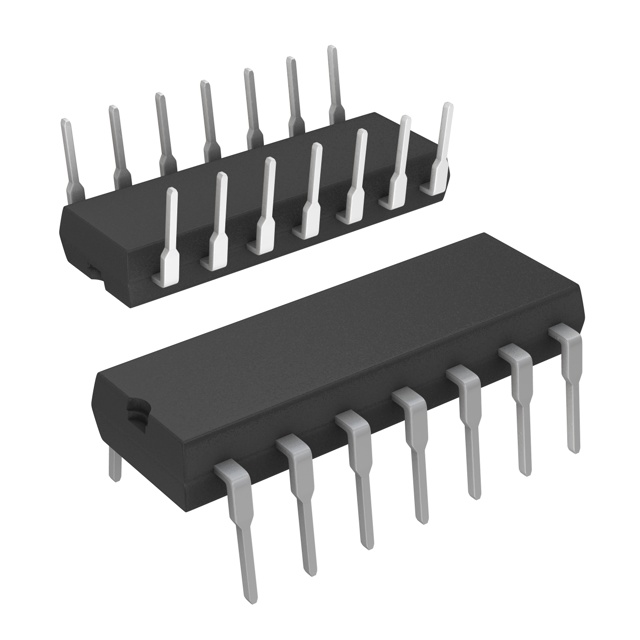In Stock : 0
Please send RFQ , we will respond immediately.









NL17SGU04DFT2G Specifications
-
TypeParameter
-
Number of Inputs-
-
Number of Circuits1
-
Logic Type1:1, 1:2 Configurable Registered Buffer with Parity
-
PackagingBulk
-
PackagingTape & Reel (TR)
The NL17SGU04DFT2G is a specific integrated circuit chip that belongs to the NL17 series of logic gates. It is a single inverter gate chip with Schmitt-trigger inputs. Here are some advantages and application scenarios of this chip:Advantages: 1. Low power consumption: The NL17SGU04DFT2G chip is designed to operate at low power levels, making it suitable for battery-powered devices and energy-efficient applications. 2. Wide operating voltage range: It can operate within a wide voltage range, typically from 1.65V to 5.5V, allowing compatibility with various voltage levels. 3. Schmitt-trigger inputs: The Schmitt-trigger inputs provide hysteresis, which helps in reducing noise and improving the noise immunity of the chip. 4. Small form factor: The chip comes in a small SOT-353 package, making it suitable for space-constrained applications.Application scenarios: 1. Signal conditioning: The Schmitt-trigger inputs of the NL17SGU04DFT2G chip make it suitable for signal conditioning applications where noise immunity and signal shaping are required. 2. Level shifting: The chip can be used for level shifting applications, where it converts signals from one voltage level to another, ensuring compatibility between different parts of a circuit. 3. Battery-powered devices: Due to its low power consumption, the chip can be used in battery-powered devices such as portable electronics, IoT devices, and wearables. 4. Industrial automation: The NL17SGU04DFT2G chip can be used in industrial automation systems for signal processing, interfacing, and control applications. 5. Consumer electronics: It can be used in various consumer electronic devices like smartphones, tablets, and digital cameras for signal conditioning and level shifting purposes.It's important to note that the specific advantages and application scenarios may vary depending on the requirements and design considerations of a particular project.
NL17SGU04DFT2G Relevant information

















